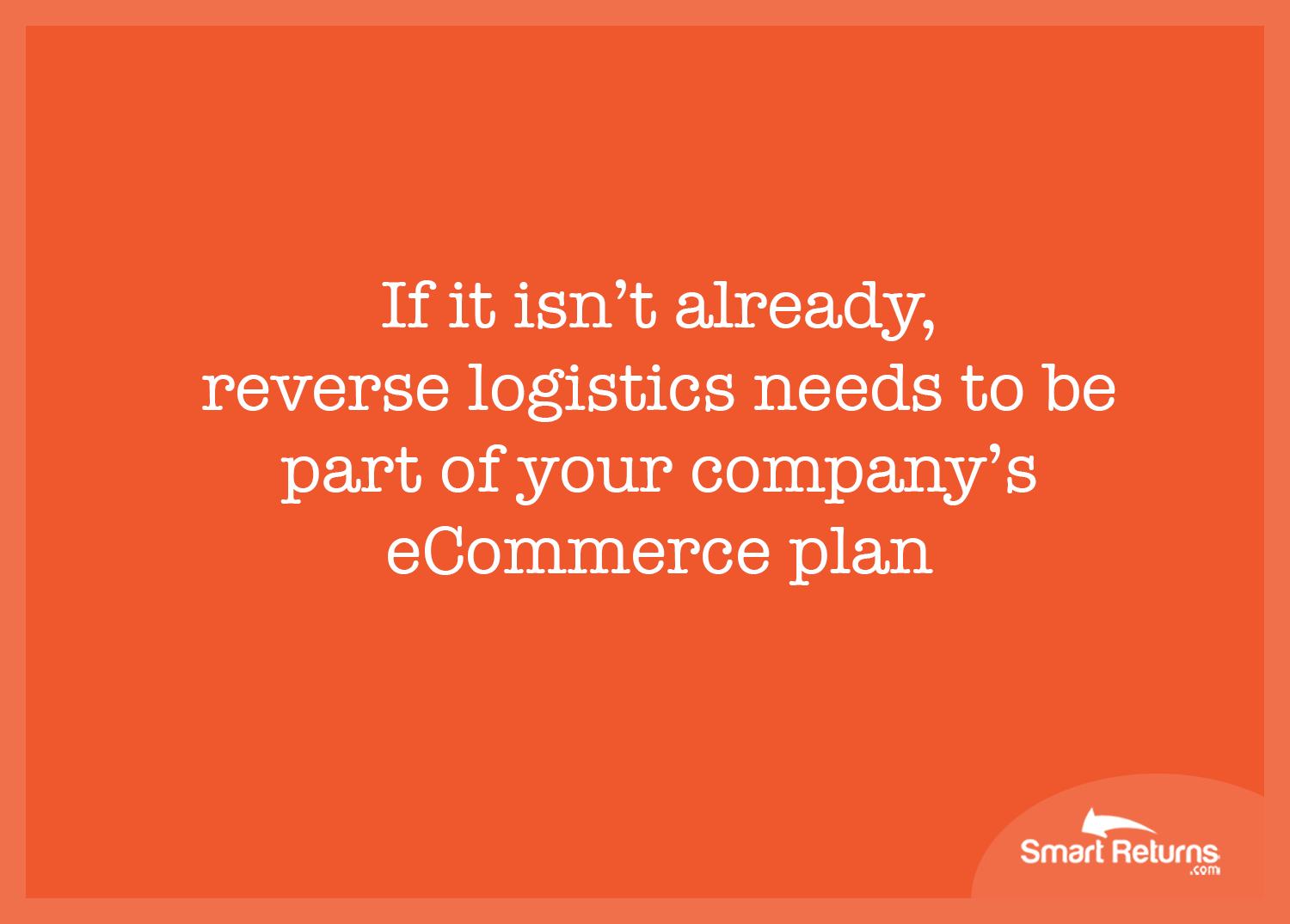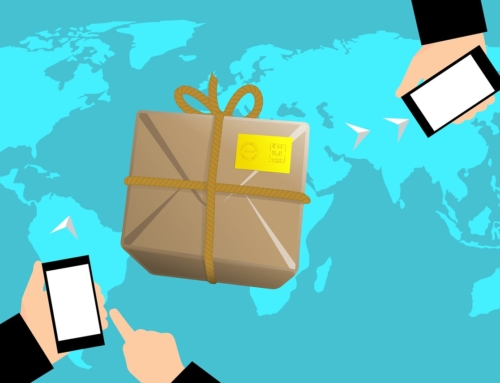Throughout the fourth quarter of 2016 (and this most recent holiday season), eCommerce became a $102.7 billion sector, proving once and for all that it’s an industry that’s here to stay.
With the maturation of virtual retail comes the need for more help from related industries like reverse logistics, which is an area that’s growing in importance as fast as online retail.
Happy National Returns Day!
Because online retail has the one drawback that brick-and-mortar retailers don’t face—a lack of tactile interaction—the return rate for eCommerce can be significantly higher.
Numbers up to 30 percent were suggested in an interview with Jonathan Lyons, senior communications specialist at FedEx, as reported by The Memphis Daily News. UPS has even dubbed January 5 as “National Returns Day,” for the sheer volume of holiday returns they handle shortly after the holiday rush.
For eCommerce retailers or bricks-and-clicks operations, it’s clear that reverse logistics is growing rapidly in value. What’s less clear is what to do about returns management and when. For small businesses just getting started, the few returns that come in the mail may not represent much labor or delay in customer credits. Bigger operations, however, will start to feel stretched too thin from having to split their time between sending out packages and accepting returns.
This is where professional reverse logistics teams come into play. You never need to worry about keeping these workers busy, your team will have plenty to do between opening up returned boxes, sourcing places to recycle unsellable merchandise, learning how to handle product recalls and figuring out how to dispose of expired items safely.
It might sound like a lot of work, but ultimately, having a reverse logistics team in place both helps save money and retain customers by:
- Getting items back to the sales floor. When you’re having to return an item to the sales floor, it’s best to be fast. After all, trends don’t always last long, especially when you’re talking about an area like sports or fashion. The longer it takes to get an item back on the shelf, the higher your chances of having to clearance that item out in order to sell it.
- Making credits available sooner. Customer service works both coming and going. Beyond the sale, things you can do to improve your reputation include answering common questions about your products and how they should be used and returning or replacing defective or incorrect orders fast. After all, you never know when that wrong-color shirt is meant to be a birthday present for a favorite sibling.
- Getting as much value as possible from unsellable items. Items that can’t be sold in your store can still sometimes be sold somewhere to someone for some amount of money. As long as that value is more than what you’re spending making the deal, it’s still better than tossing merchandise into a landfill. Your reverse logistics team should be experts of the deal, finding paying homes for things you might have thrown away left on your own.
The growing sector of eCommerce demands that support services like reverse logistics keep up the pace. If you don’t already have an in-house team for this valuable job, you may want to consider forming a partnership with a 3rd party logistics company (3PL) that provides reverse logistics or returns management services. The impact on your reputation and your bottom line will likely be impressive.






Leave A Comment